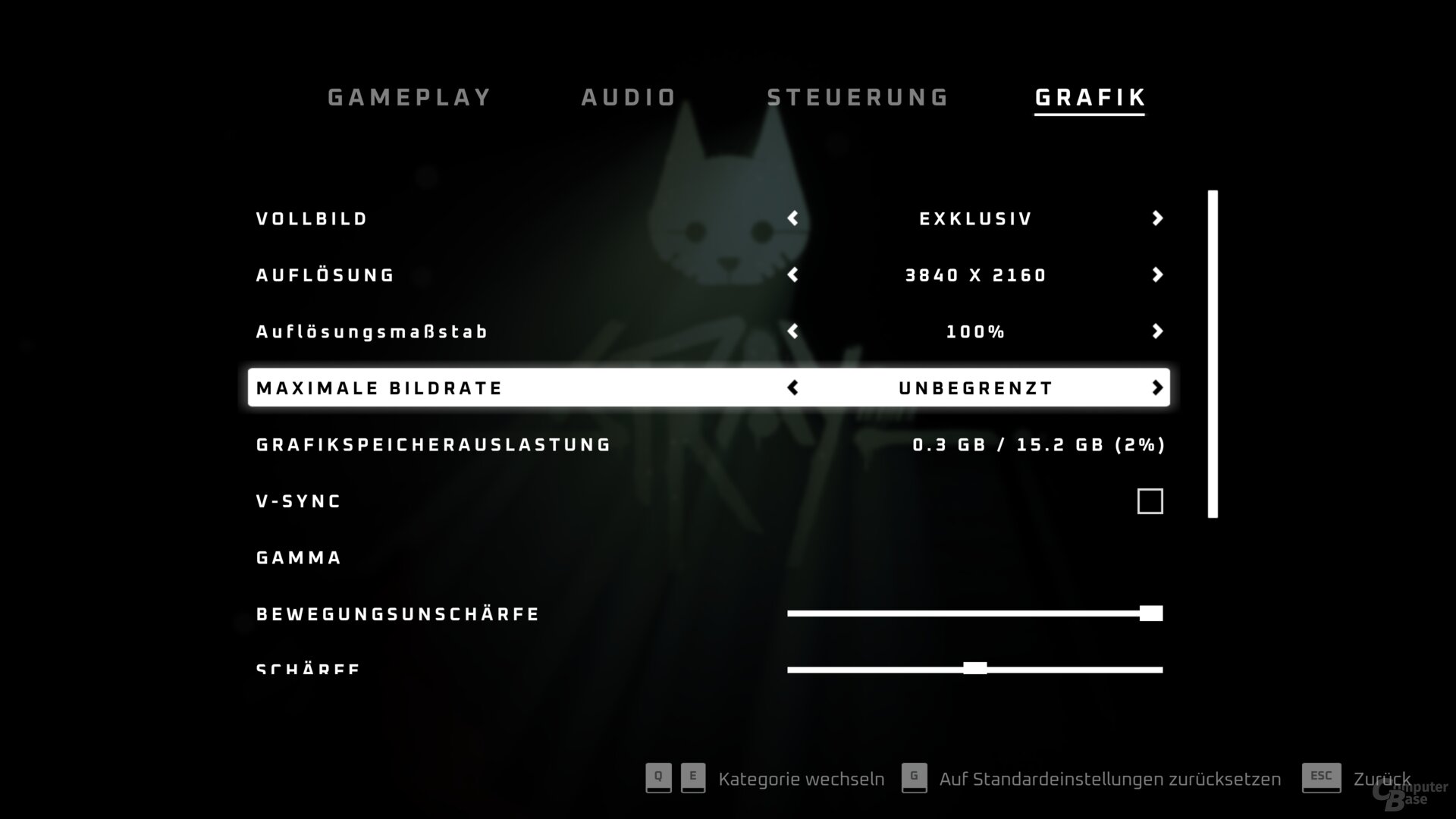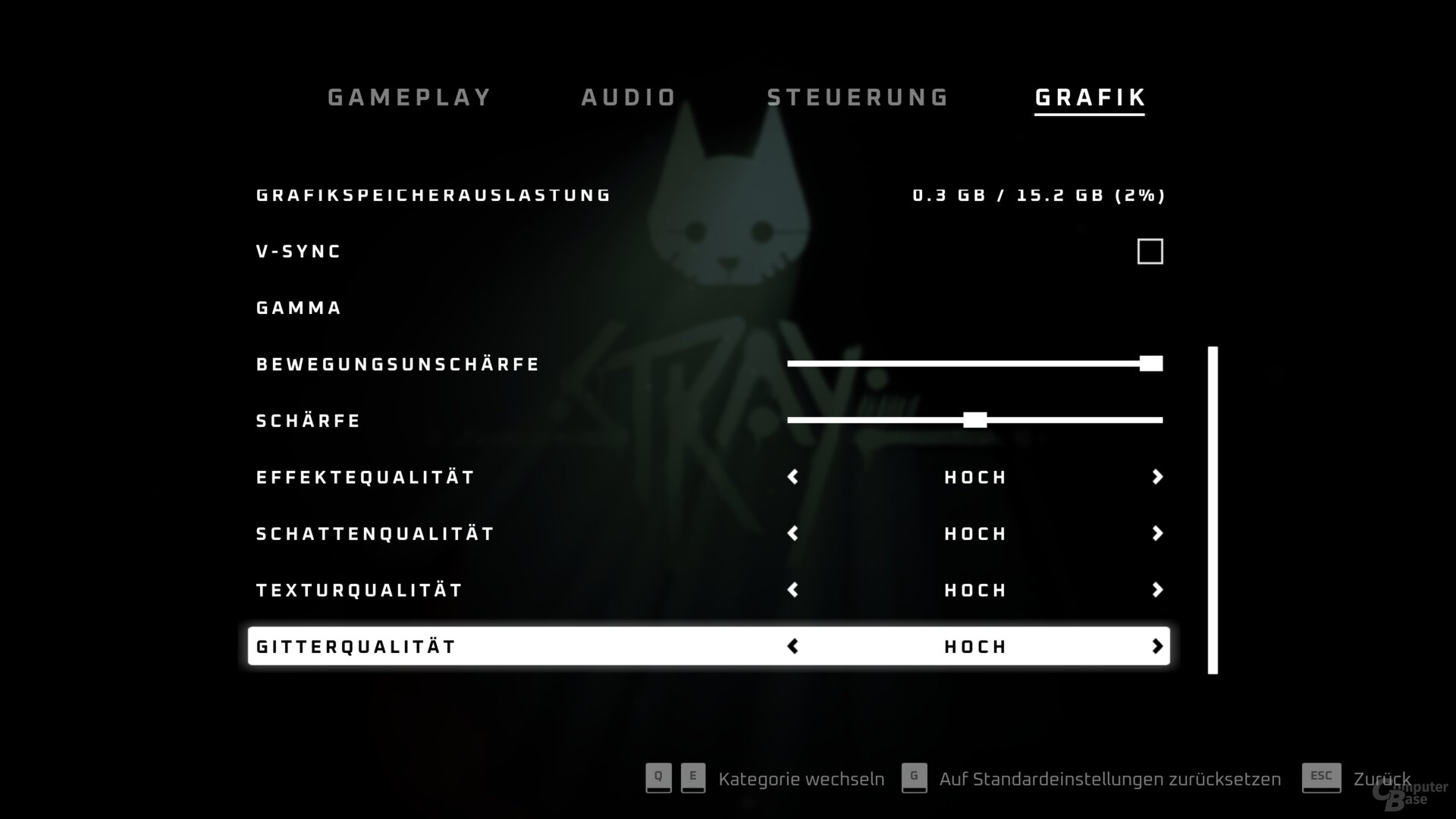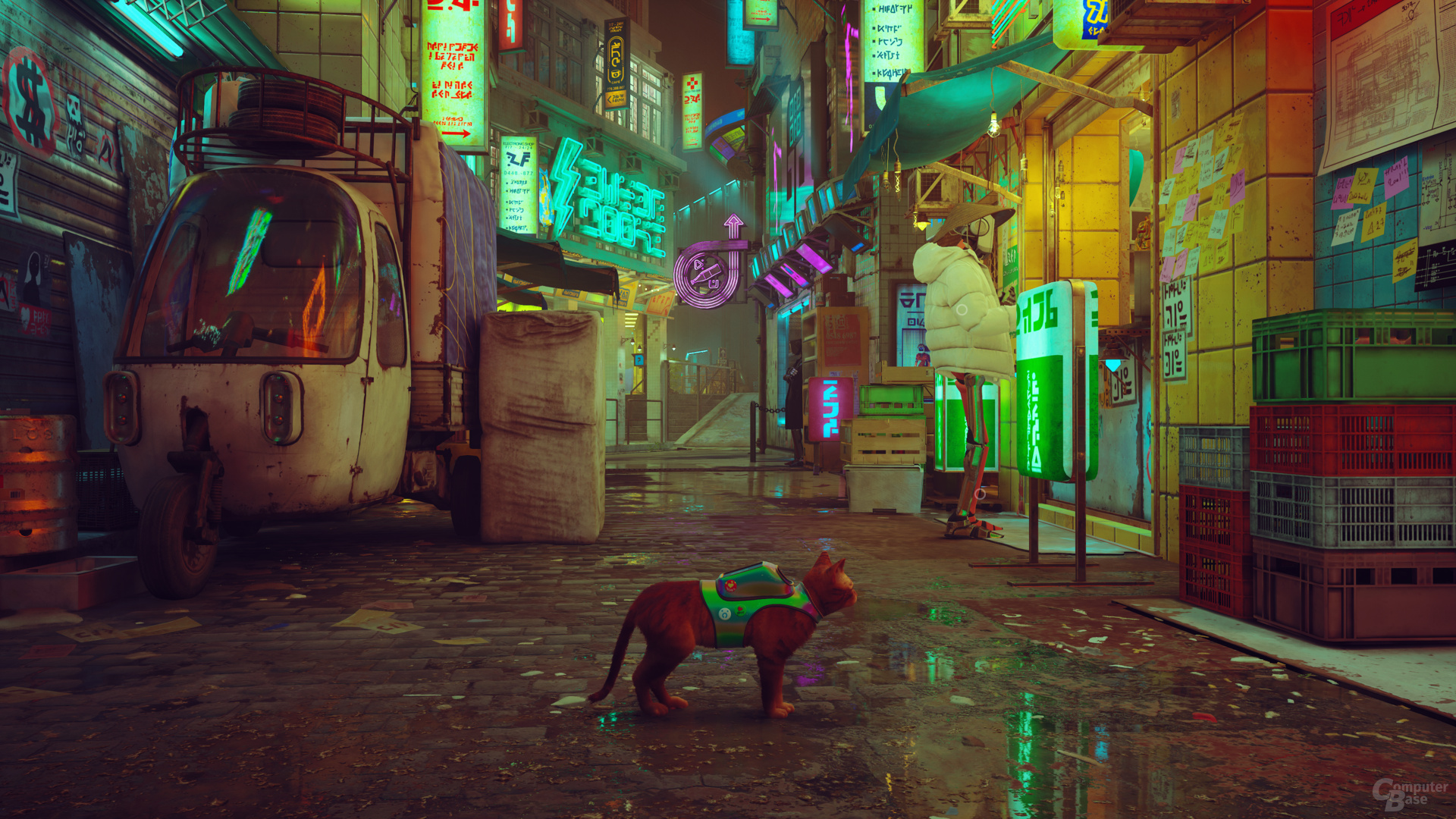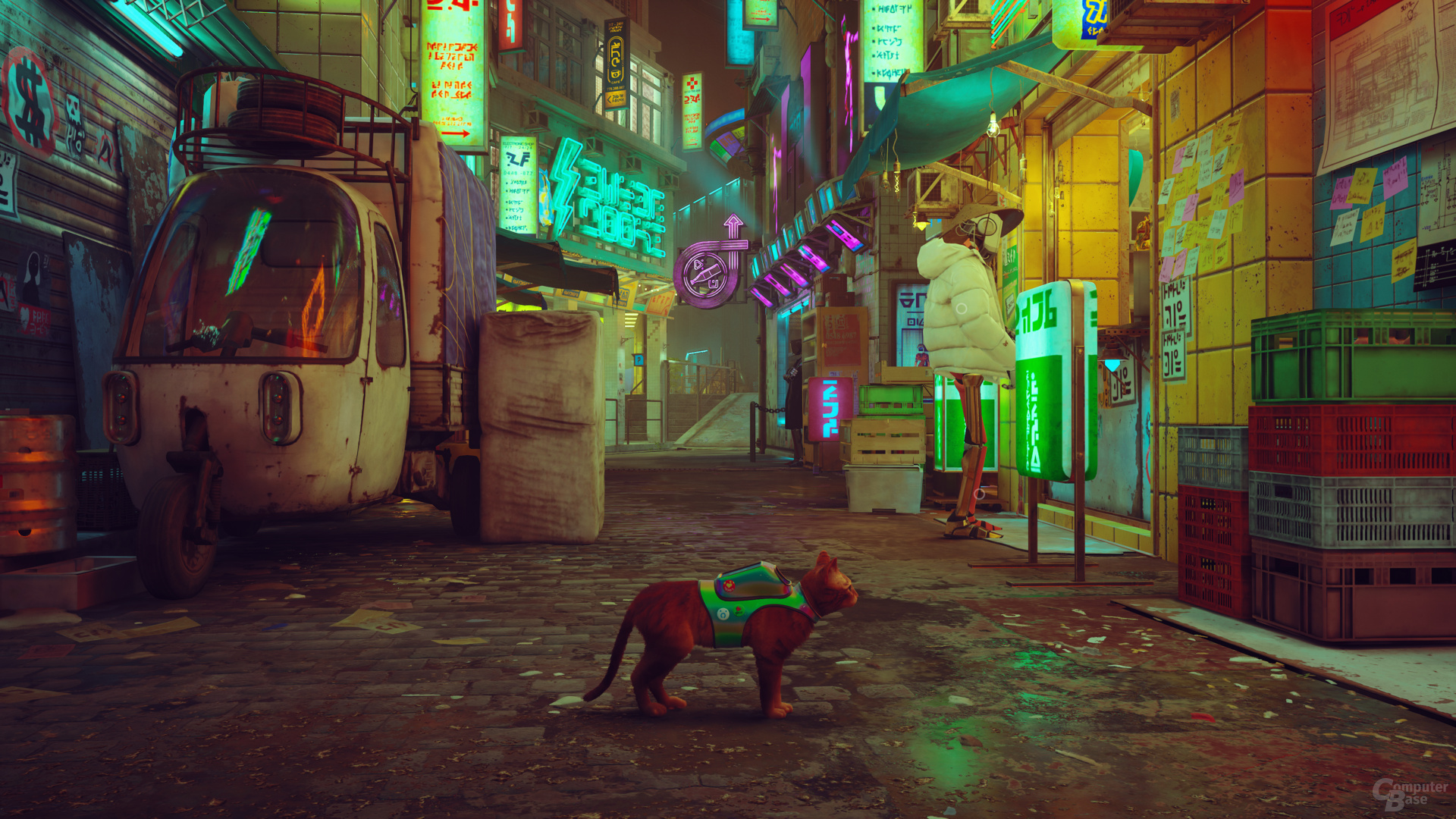In Stray, the player plays a cat. Sounds unusual and it is. But the concept works and the technology also fits, as the test with benchmarks shows. In addition to pure performance, the graphics options and DirectX 12 also play a role.
Table of contents
- 1 Stray cats under their fur watched
- A real (surprise) hit
- The graphics menu offers little more than what is necessary
- The individual graphics options in detail
- 2 benchmarks (FHD, WQHD & UHD), frame times and VRAM
- The test system and the benchmark scene
- Benchmarks in Full HD, WQHD and Ultra HD
- Actually good frame times, but…
- 6 GB are already enough for all situations
- 3 Game review and conclusion
- How good is Stray?
- Conclusion
A real (surprise) hit
Stray appeared out of nowhere. Nevertheless, the game attracted a lot of attention shortly before and during the release and is very popular. There are not only a whopping 56,000 ratings for the indie title on Steam, the overall rating is “extremely positive” – and it doesn't get any better. One of the main reasons for this is certainly that you don't play a human or other hero, but a cat. And the four-legged friends are known to always go. It is also helpful that the scenario is simply implemented well.
The small development studio BlueTwelve Studio decided on the Unreal Engine 4 as the engine and even if you can often see from the look that the budget was low, the graphics look absolutely coherent. From the many different environments to an absolutely harmonious lighting to the numerous physics gimmicks and the appropriate animations: the graphics are consistently convincing, although textures, detail density and much more are far from AAA level. That just doesn't bother Stray.
With DirectX 12 and ray tracing – via the console
Stray causes confusion when it comes to the official system requirements. DirectX 12 is mentioned as the minimum requirement, there is no other API. Nevertheless, the cat game only runs with DirectX 11, there is no trace of DirectX 12 in the game. However, as in all current Unreal Engine 4 titles, the low-level API can be enforced via console command.
And then it quickly becomes clear that the implementation of DirectX 12 is apparently simply not finished yet, because both the AVG FPS and the frame times fall with DirectX 11, especially with a Radeon better off. The system requirements were obviously announced a bit early and the original plan didn't work.
Anyone who forces DirectX 12 will also notice that the developers have apparently also worked on ray tracing, because shadows, environmental occlusion and reflections are then calculated using the rays by default. The performance drops massively regardless of the graphics card. The effects can be switched off in the configuration file.
DLSS and FSR are left out
Stray also dispenses with modern upsampling techniques, neither AMD's FSR 1.0 and FSR 2.0 nor Nvidia's DLSS are supported. However, the game does offer a fairly subtle way of reducing the render resolution to improve performance.
The graphics menu doesn't offer much more than the bare minimum
h2>
Stray's graphics menu is kept simple on PC. There are no graphic presets at all and the number of graphic options is also limited to a minimum. But there is an FPS limiter, even if it only allows the levels 30 FPS and 60 FPS. One of the things I liked best was the ability to configure the render resolution in 10 percent increments between 50 and 200 percent.
Again, the VRAM meter only seems to show what the game needs and doesn't reflect the current memory usage of the graphics card – so the displayed value can be quite confusing. You will also look in vain for example screenshots and a description of the individual options.
-
 The graphics menu of Stray
The graphics menu of Stray
Image 1 of 2
 The graphics menu of Stray
The graphics menu of StrayThe individual ones Graphics options in detail
Stray has no graphics options, instead the individual aspects Effect Quality, Shadow Quality, Texture Quality and Grid Quality can be set to Low, Medium and High “ are set.
The optical differences between “High” and “Medium” are limited, but can be seen. With “Medium” several objects tend to shine, which is no longer the case with “High” with a better shadow cast. There are big differences with low graphic details, because then numerous reflections are missing, which can cost the cyberpunk world a lot of atmosphere. In addition, texture sharpness, visibility, and level of detail decrease.
-
 Graphic Details High Download
Graphic Details High Download
Image 1 of 3
 Graphic Details Medium Download
Graphic Details Medium Download Graphics Details Low Download
Graphics Details Low DownloadThe FPS boost is decent
The medium graphics details accelerate Stray noticeably. The Radeon RX 6800 XT increases its speed by 39 percent in Ultra HD, and the GeForce RTX 3080 by 35 percent. However, the low graphics details only provide a small boost. The AMD and Nvidia graphics cards run a further 9 percent faster, so that overall performance can be increased by around 50 percent on both 3D accelerators.
Graphics presets in comparison – 3,840 × 2,160
- AMD Radeon RX 6800 XT:
- Graphic details Low107.5
- Graphic details Medium98.2
- Graphic details High70.6
- Nvidia GeForce RTX 3080:
- Graphic details Low129.8
- Graphic details Medium119.6
- Graphic Details High88.7
li>
Unit: frames per second (FPS) Page 1/3 Next pageBenchmarks (FHD, WQHD & UHD), frame times and VRAM

